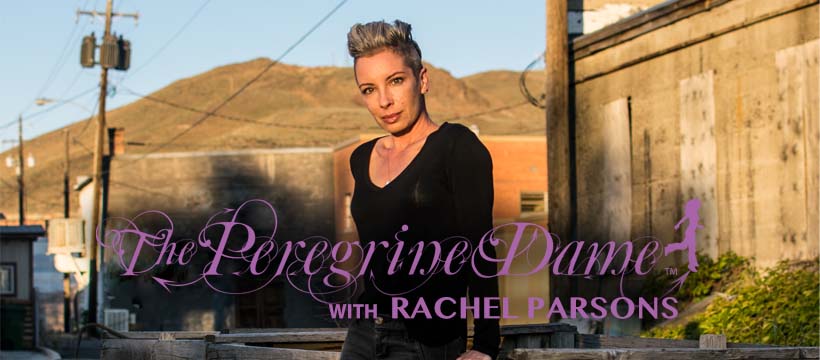Will the Party end in Vang Vieng (Again)?
 |
| Morning view of the Nam Xong, Vang Vieng. A dark party scene may be re-emerging to wreck this idyllic spot. |
The searing heat is melting into a comfortably warm night as I sit at the bar sipping the first decent glass of wine I've had in weeks thinking of the Buddhist funeral I crashed earlier in the day. Suddenly I'm reminded of what Norman Lewis wrote of the French officers he met in Laos during his trek through Indochina in the early 1950s.
They all espoused the way of life in the country they called an Eden, he wrote. They promptly took Lao wives and went as native as they could until they were out of the military and could complete the job. The owner of the cafe has lived in Vang Vieng for more than a decade and took a Lao wife years ago. He sits at his bar every evening in shorts, a baggy T-shirt, with a jaw covered in stubble and a cigarette dangling from his lips pouring drinks, chatting with guests, curating the music selection (Elvis, Édith Piaf, Johnny Cash, Janis Joplin, 80s-era French rock) from his computer and keeping an eye on the tables while his wife runs the place.
I ask him if the dark party scene that blew up here in the early 2000s, and was quashed, is coming back. "It's coming back," he says. "But not for long."
Unlike it's more sophisticated cousin to the north, Luang Pranbang, Vang Vieng has no UNESCO World Heritage Site protection -- and accompanying curfew -- so throughout the first decade of the new millennium the rowdier element of the backpacking crowd flocked here to party 'round the clock. Bars built huge platforms on the water for raves and the once-idyllic spot where a few travelers came to smoke a joint and relax with locals attracted harder drugs and trashier travelers. By 2012, one guidebook reports, that on average an estimated 20 people per year were dying from drug overdoses and drowning in the river. In August that year, the communist Lao government came down hard on the businesses and put a stop to the debauchery. There's a rumor around town that the Australian government had a hand in it too, since it was the country with one of the highest death tolls. Shut it down or lose Australian economic aid.
There's a sense now that it's only a matter of time before the reins are pulled again. But for many aspects of the town, there's no turning back. There are enormous, ugly hotel blocks popping up between sweet little guesthouses. There will be a high-speed rail line run through Laos with stations in Luang Prabang and Vang Vieng in the next decade -- a project of the Chinese government which Laos has heartily embraced. The place will be something completely different in the next 10 years, party crowd or no.
It will continue to cater to the tourists, but rather than elevate parts of Lao culture, specifically exceptional Laotian food, to the high-end like Luang Prabang has done, Lao restaurant owners here still seem convinced that foreigners want pizza, pasta, and burgers. When I want local food (which has been every day) my only options are the street-side stalls that intimidate the hell out of the tour bus set with the dirt, dogs, and lack of air conditioning. My French buddy says he's tried to convince Lao restaurant owners to do Lao food in an upscale environment, but so far it's been useless.
A part of me feels guilty for taking refuge in an Anglo establishment, eschewing the sumptuous Lao food in the outdoor stalls for a plate of French cheese, baguettes, paté, and olive tapenade but I cycled 20 miles today and I just want a glass of wine. Even though it's not French. According to my new friend, imports of all sorts are taxed at about 40 percent and getting wine in from France is "very complicated" though getting cheese isn't. The glasses on the menu are Californian and Chilean.
As with nearly all the destinations I've spent time in within the past couple of months in Southeast Asia, Vang Vieng is experiencing its own growing pains and quirks. Last night just as I grabbed the shower faucet to turn it on the electricity went out. Nothing out of the ordinary in this part of the world, but a reminder that even the most modern buildings can't function properly without up-to-date infrastructure. Whether the basics will be upgraded with the building of a state-of-the-art railway remains to be seen.
On one hand Vang Vieng is more customer service-oriented than most of the places I've seen so far; a relief for exhausted travelers. On the other, though this little hamlet has scores of guesthouses, hotels, hostels, and all the entertainment a traveler could want, there's not much for the locals to do when they aren't working in hospitality. So, "they drink," my friend says.
The natural landscape is incredibly beautiful, but the amplified Western Top 40 party tunes blaring from the waterfront bars destroy the gorgeous tranquility. The growth will not stop but how that growth is controlled, if at all, will be interesting to observe. Laos has been so poor for so long no one is stopping to forecast how all the unchecked growth might destroy the culture. All that matters for many in Vang Vieng, understandably, is that they can finally afford to feed their kids even if it means the quaint spot turns into Cancun's Hotel Zone.
For now, it's all I can do to finish my glass and step out into the warm light of a full, deep blood-orange moon over the river and the whining of motorcycles drifting on the air like the buzzing of flies.

Comments